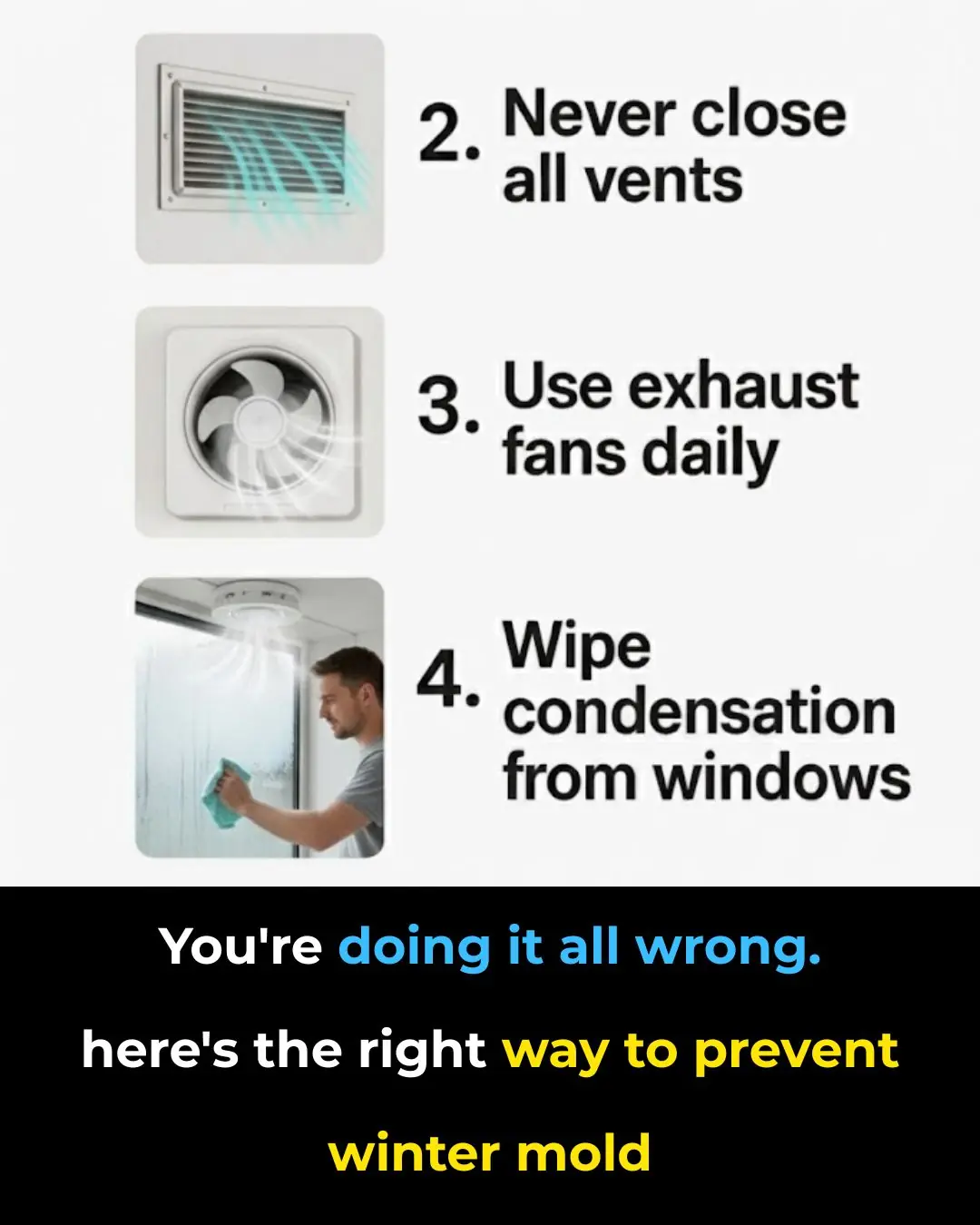
You're Doing It All Wrong: Here’s the Right Way to Set Your Thermostat in Winter
When winter hits, most people simply turn up the heat and hope for the best. But incorrect thermostat settings can leave you uncomfortable and paying more than necessary. Knowing how to use your thermostat properly can help you stay warm while keeping your energy bills under control.
1. Why Proper Thermostat Settings Matter
The U.S. Department of Energy estimates that lowering your thermostat by just 1°F for eight hours can save about 1% on your heating bill. Smart temperature adjustments not only reduce costs but also protect your heating system from unnecessary strain.
2. Best Daytime Temperature: 68°F
Set your thermostat to 68°F when you're home and awake. It provides a comfortable environment for most people and prevents your heating system from overworking. Good insulation makes this temperature even more effective.
3. Nighttime Setting: Drop to 62°F
Lower your thermostat to 62°F at night. A cooler environment improves sleep quality and saves energy. A programmable thermostat can automatically adjust the temperature for you.
4. Use Blankets Instead of Raising Heat
At night, layer blankets or use an electric blanket on a low setting to stay warm without increasing your home’s overall heating load.
5. Don’t Turn Off the Heat Completely
Shutting off your heating system forces it to work harder later. Instead, lower it to a minimal but safe temperature—especially to protect pipes from freezing.
6. Reverse Your Ceiling Fan
Set your ceiling fan to rotate clockwise on low speed. This pushes warm air down from the ceiling, making rooms feel warmer without adjusting the thermostat.
7. Thermostat Settings = Energy Bills
Heating accounts for about 42% of household energy use. Lowering your thermostat by 10°F for eight hours a day can save up to 10% annually. Small changes add up.
8. Temperature Affects Indoor Air Quality
Too-warm homes cause dry air; too-cold homes promote moisture and mold. Keeping temperatures balanced—plus using a humidifier when needed—helps maintain healthy indoor air.
9. Upgrade to a Smart Thermostat
Smart thermostats learn your habits, adjust temperatures automatically, and allow remote control. They also provide energy reports so you can optimize usage more easily.
10. Common Thermostat Mistakes
-
Setting the thermostat extra high won’t heat your home faster.
-
Forgetting to lower the temperature when away wastes energy.
-
Placing heat-producing devices near the thermostat causes inaccurate readings.
11. Keep Your Home Consistently Comfortable
Improve insulation, seal drafts, service your heating system regularly, and consider zone heating for large spaces to maximize comfort and efficiency.
News in the same category


All-new Emmerdale spoilers for next week: Horrifying death twist for Bear and Robert plots to get rid of Kev for good

Ariana Grande’s ‘Wicked’ costar speaks out after Singapore attack on actress: ‘You’re a bad person’

‘Jada Bout to Set That Red Table’: Jada Pinkett Smith Fans Warn Rapper Yo-Yo Over Her Shocking Confession About Tupac

Not Tea or Coffee: The “Golden” Drink That Protects the Heart and Prevents Stroke in People Who Sit a Lot

You're Doing It All Wrong: Here’s the Right Way to Maintain Your Furnace Filter

You're Cleaning Your Humidifier All Wrong — Here’s the Safe, Effective Way to Do It

You're Fighting Winter Mold the Wrong Way — Here’s How to Stop It for Good

‘Go Back Home Friend’: Vince Herbert’s Slim, Unrecognizable New Look Has Fans Telling Tamar Braxton It Might Be Time to Spin the Block

‘Simon Sent Them’: Porsha Williams’ Meltdown on Flight Lands Her on FBI Radar as Fans Point to Ex Simon Guobadia After He Fires Off Cryptic Post

‘Should Know Better’: Young Louisiana Boy Stands Up to White Man Who Called Him a Slur in a Wild Caught-on-Camera Exchange

‘I Was Drugged… I Was Violated’: Cardi B’s New Babby Daddy and NFL Star Stefon Diggs Is Fighting Back Against Hideous Allegations By Influencer Chris Blake Griffith

Kim Kardashian and Britney Spears cozy up in bed during fun-filled sleepover with Khloé

Jets cornerback Kris Boyd in critical condition after NYC shooting

Priceless: Watch This Toddler With Hydrocephalus Take His First Steps

Katie Price reignites war of words over daughter Princess as she urges teen to tell ‘the truth’

Meet the Black Creatives Behind Tāst Coffee, D.C.’s Bold New Force in Specialty Coffee

Robbie Williams claims weight-loss jab is damaging his vision but vows to stay on it ‘until sight in one eye has completely gone’

All The Feels: Brother And Sister Meet For The First Time After 19 Years Apart
News Post

April in danger: Fans think unlikely character will rescue her after tense Emmerdale scenes

The Man in Dust and the Princess in Pink.

The Day Colin Farrell Chose Love Over Wildness.

The Man Who Began His Life in Chains and Ended It as an American Art Legend.

All-new Emmerdale spoilers for next week: Horrifying death twist for Bear and Robert plots to get rid of Kev for good

Unlock Energy Savings: How Proper Use of Your Refrigerator’s Temperature Control Button Can Cut Costs

Eggs in Pregnancy: How They Can Supercharge Your Baby’s Brain Development

Scientists Achieve Breakthrough in Reversing Human Skin Cell Aging by 30 Years: A New Era for Anti-Aging and Regenerative Medicine

Eating Eggs Weekly May Reduce Alzheimer’s Risk by 47%: What New Research Reveals

The Little Warrior and the Leather-Clad Angels.

The Miracle in the Storm.

A Blanket in the Cold.

Experts reveal 10 baby names parents should avoid in 2026 as popular names that are set to go extinct revealed

The Real Reasons Men Stay in Relationships With Women They Don’t Love

The best way to lower blood sugar fast!

Signs of pancreatic cancer you should never ignore

Ariana Grande’s ‘Wicked’ costar speaks out after Singapore attack on actress: ‘You’re a bad person’

‘Jada Bout to Set That Red Table’: Jada Pinkett Smith Fans Warn Rapper Yo-Yo Over Her Shocking Confession About Tupac

Not Tea or Coffee: The “Golden” Drink That Protects the Heart and Prevents Stroke in People Who Sit a Lot
